WEEKS 19 & 20 - MAKING HAY
I'm desperately trying to catch up on nearly two months of photos left clogging my computer, so the rainy weather this Memorial Day weekend is not all bad for me. With a steady stream of photography jobs this time of year, my kids, Maddy and Kyle, playing lacrosse (congats to Maddy and EL girls -ECC Champions) and so many birds (and other subjects) to shoot in a short window of time, something has to give. So the dreaded computer work gets left for last and starts to pile up, the tomato plants remain unplanted and my lawn is not looking its finest right now. But there's lot's to do and that's why it's such a GREAT time of year.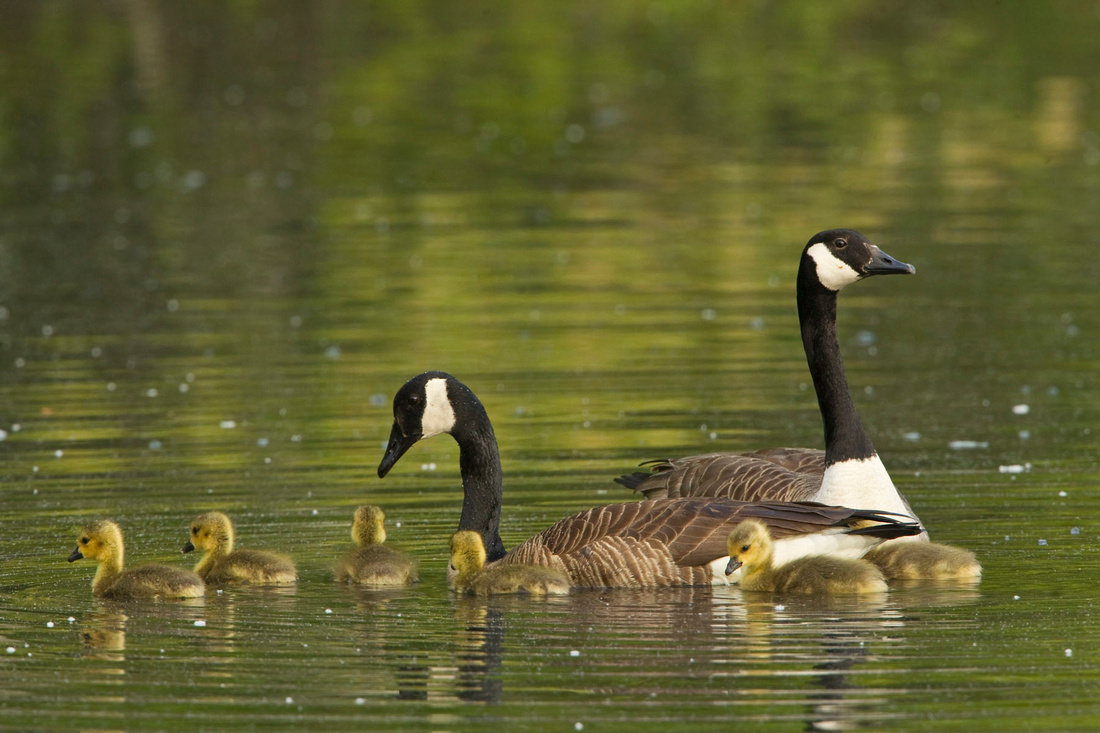

Weather-wise, there has been little rain this month, until the last few days, so there's always a draw to go out and photograph, to make hay while the sun shines. As I wrote in my last post, there are plenty of summer residents to capture as they return and set up territories to nest in different habitats. But one of the big draws of this time of year is to catch the migrants passing through on their way farther north, especially if you're hoping to see as many different species as you can. For much of early May, the weather was not great for migrating birds and some birders were saying it was the worst spring migration they had seen. I had not seen many migrants in the woods around southeastern Connecticut either, but a break in the weather pattern (away from the easterly flow) opened the flood gates and migrant songbirds finally began pouring into the state. Most of the big sightings were from New Haven west, but on May 16 at Hammonasset Beach State Park, I finally caught a good fallout day. I recorded 61 different species in one morning including a dozen different kinds of warblers foraging in the trees on Willard's Island.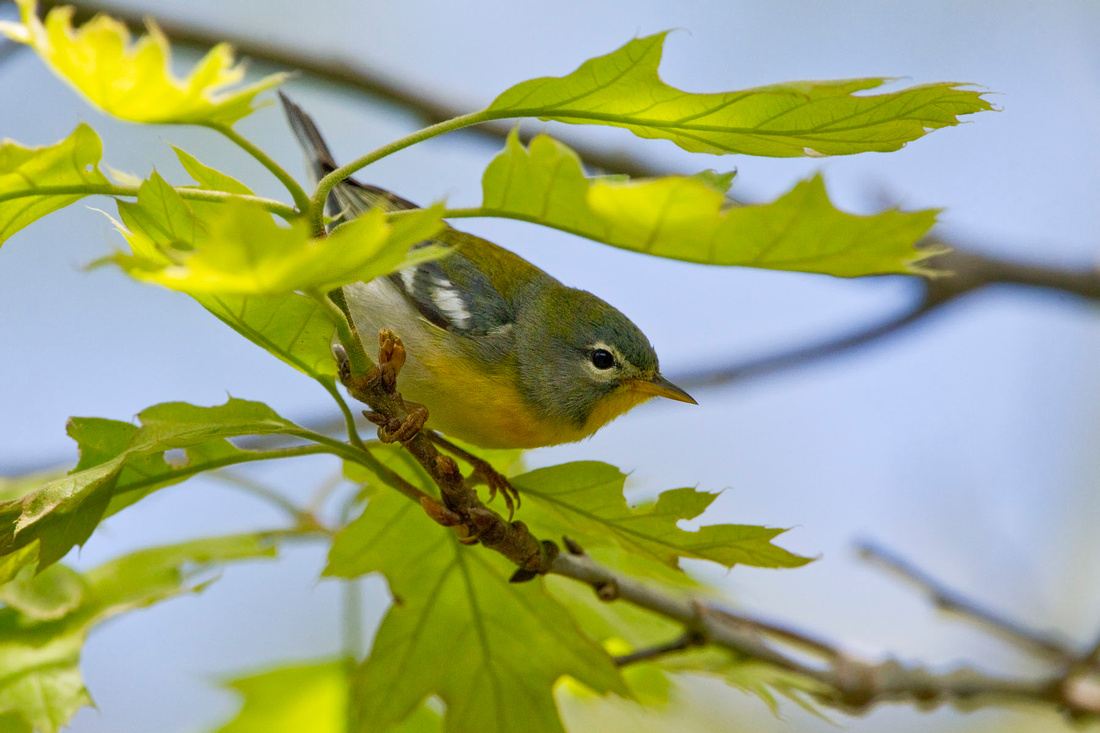

Many of these were migrants, passing through Connecticut on their way to nesting grounds in northern New England or Canada. Among them were many Northern Parulas (above), Blackburnian, Black-throated Blue, Canada, and Chestnut-sided Warblers. Most were foraging high in the trees, and were difficult to photograph, but it was great fun seeing so many different species and so much activity. As the morning wore on, some birds came down to feed in the lower cedar trees and provided a chance for some better photos. Most were Magnolia Warblers (2 below) that moved through the dense branches mercurially, and could pop out close by at any moment.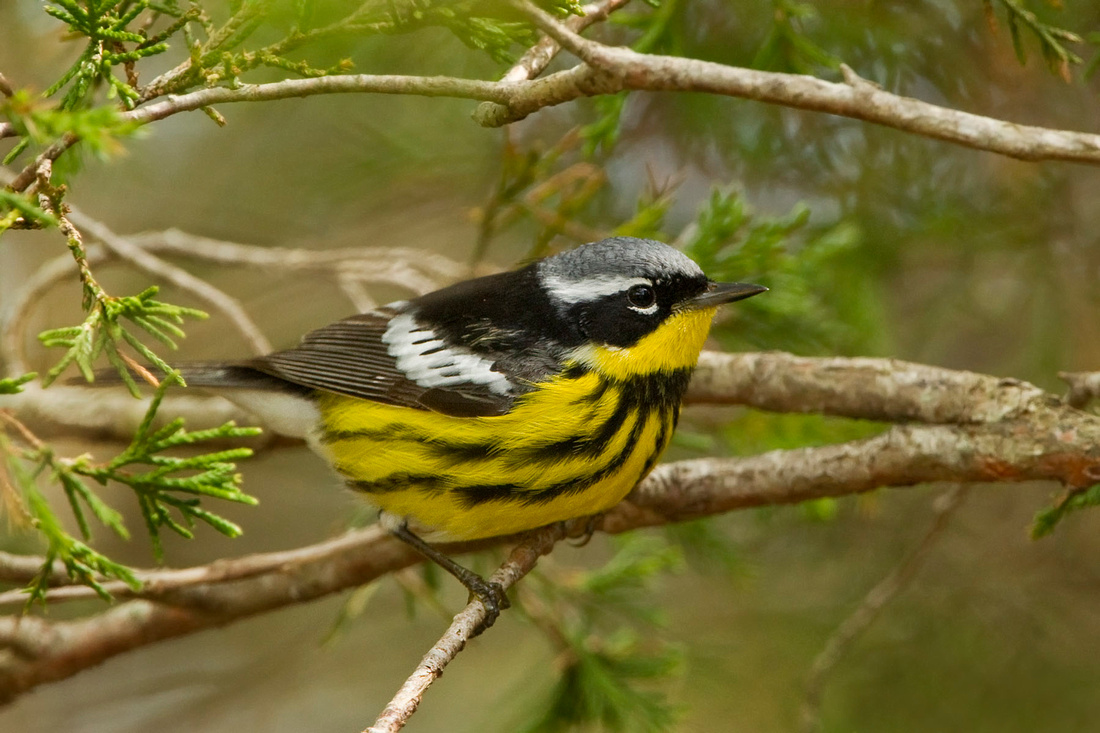

The trick was to be pointed in the right direction and prepared to get them before they flitted away to the next branch.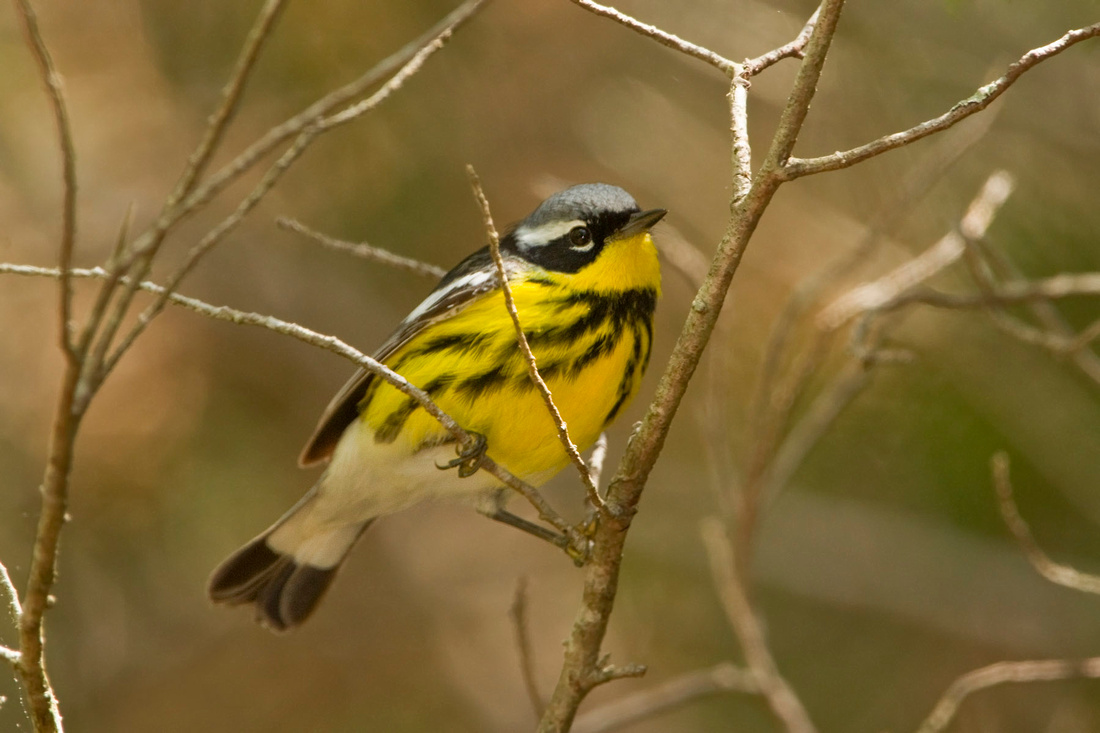
 The highlight of the morning was seeing the lone Bay-breasted Warbler (below) that was found. Spotted earlier in the morning by other birders, I saw it briefly in a cedar tree a while later, before it disappeared again. A short time later it was spotted again by Shirley and Charlie Rafford, as it worked its way methodically through a cedar branch along the pathway, and I was able to get a couple of record shots.
The highlight of the morning was seeing the lone Bay-breasted Warbler (below) that was found. Spotted earlier in the morning by other birders, I saw it briefly in a cedar tree a while later, before it disappeared again. A short time later it was spotted again by Shirley and Charlie Rafford, as it worked its way methodically through a cedar branch along the pathway, and I was able to get a couple of record shots.

Along with the migrant warblers, there were the omnipresent Common Yellowthroats and Yellow Warblers (below).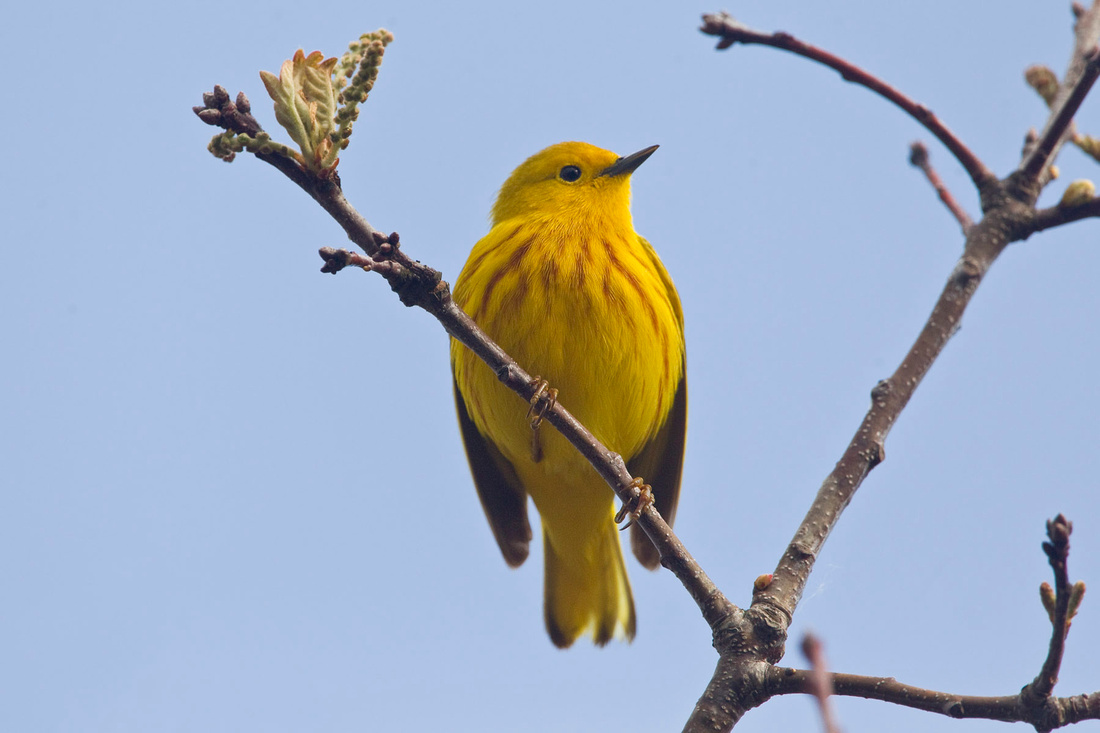

In the Hammonasset salt marshes, Willow Flycatchers, Marsh Wrens, Seaside and Saltmarsh Sparrows returned to their nesting territories. I spent some time photographing the herons and egrets because I usually don't visit the park for the rest of the summer after Memorial Day. A Little Blue Heron (below) put on a show, preening and ruffling its feathers,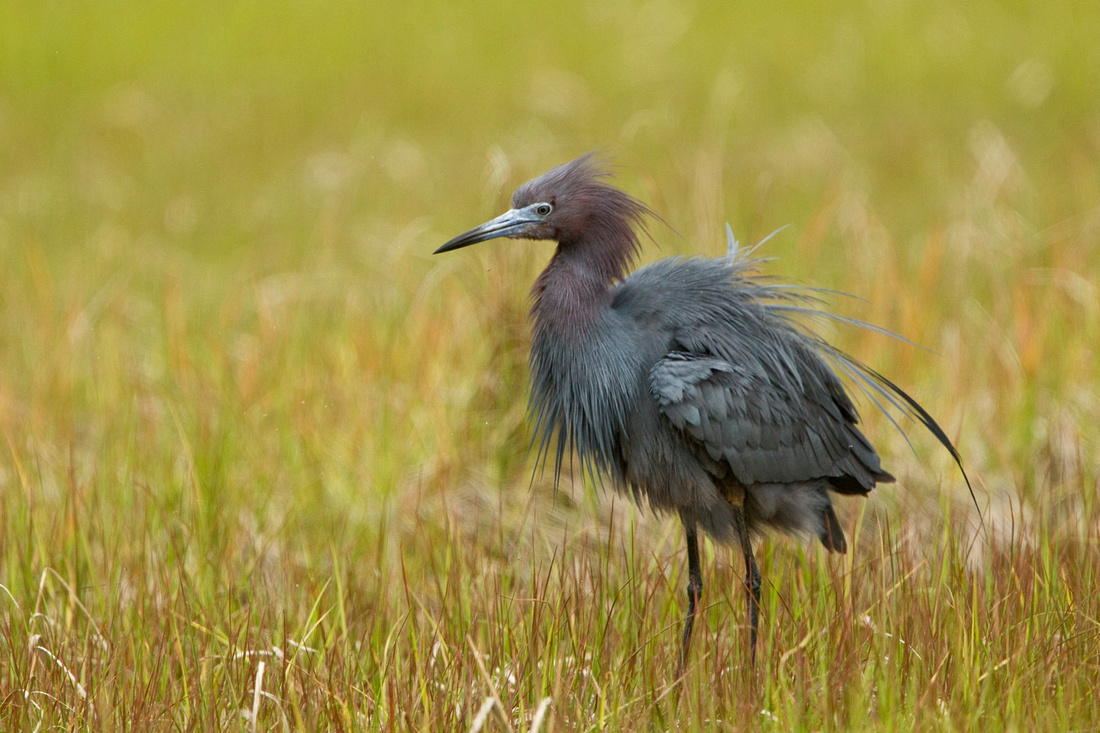

and then doing this weird gagging thing.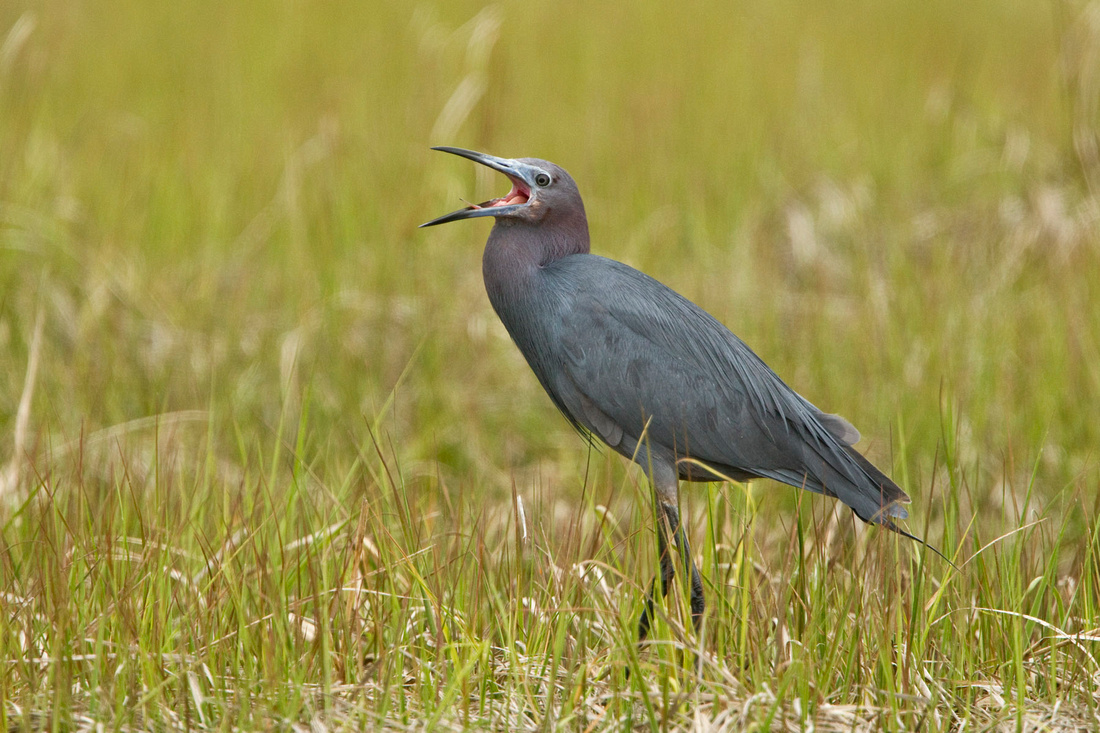

Nearby a Great Egret, patiently working a productive fishing spot, found itself repeatedly targeted by a Red-winged Blackbird. Perhaps it had strayed into the blackbird's nesting area.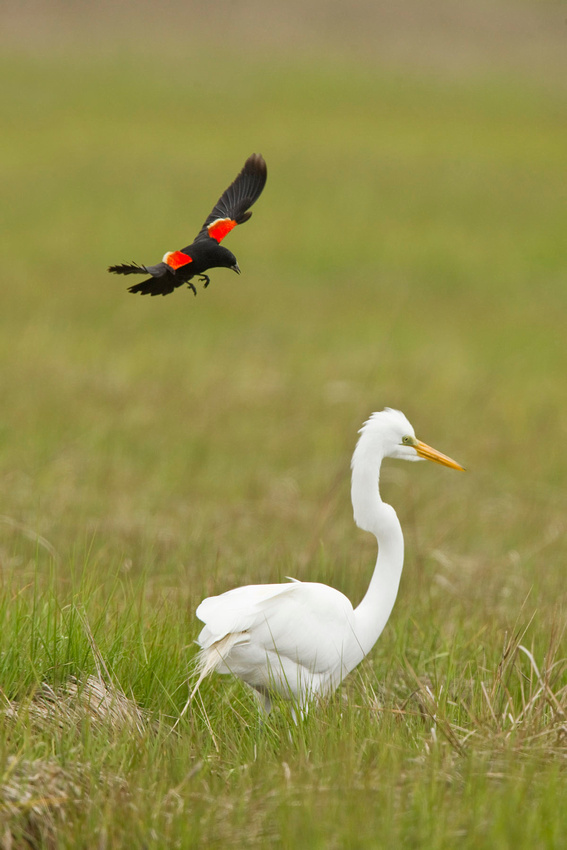

Another wading bird I wanted to see was the Cattle Egret spotted at the pond behind Cabela's in East Hartford. I missed the one seen in Portland earlier this spring. I drove up there early on a Saturday morning and could not find the egret. I went to look for Upland Sandpipers and Grasshopper Sparrows in the runway field, but before I could spot them the Cattle Egret flew in right past me and landed at the edge of the pond. I got a few backlit shots of the striking bird before it flew to the back edge of the pond.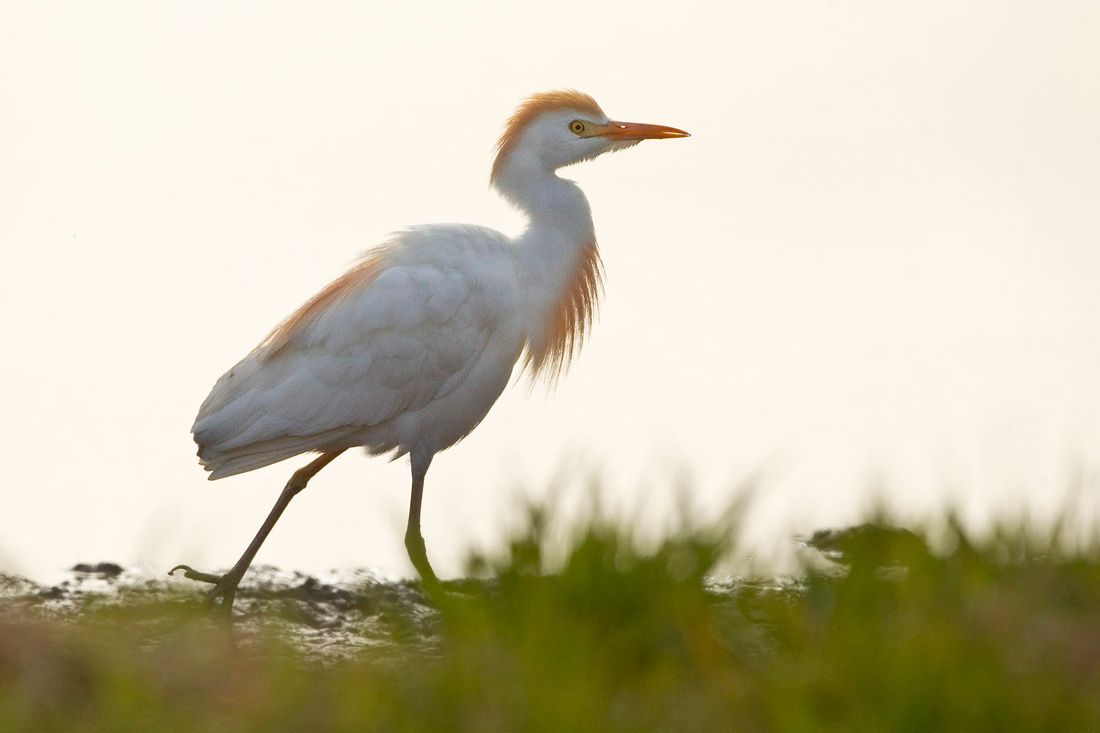

I went back and spent an hour searching the fields, seeing several Grasshopper Sparrows, Savannah Sparrows, Eastern Meadowlarks, a Bobolink and finally a distant and somewhat unsatisfying look at two Upland Sandpipers. The trip was a productive one though, as I saw four new species for the year. Before leaving, I stopped for one last look at the Cattle Egret and saw it emerge from the grass mound behind the pond with a vole, which it took a few minutes to gulp down.
The rest of the last two weeks I have been working to capture as many of the resident birds as I can, visiting a variety of different habitats for different subjects. In a cool Hemlock stand, I photographed Black-throated Green Warblers, (2 below)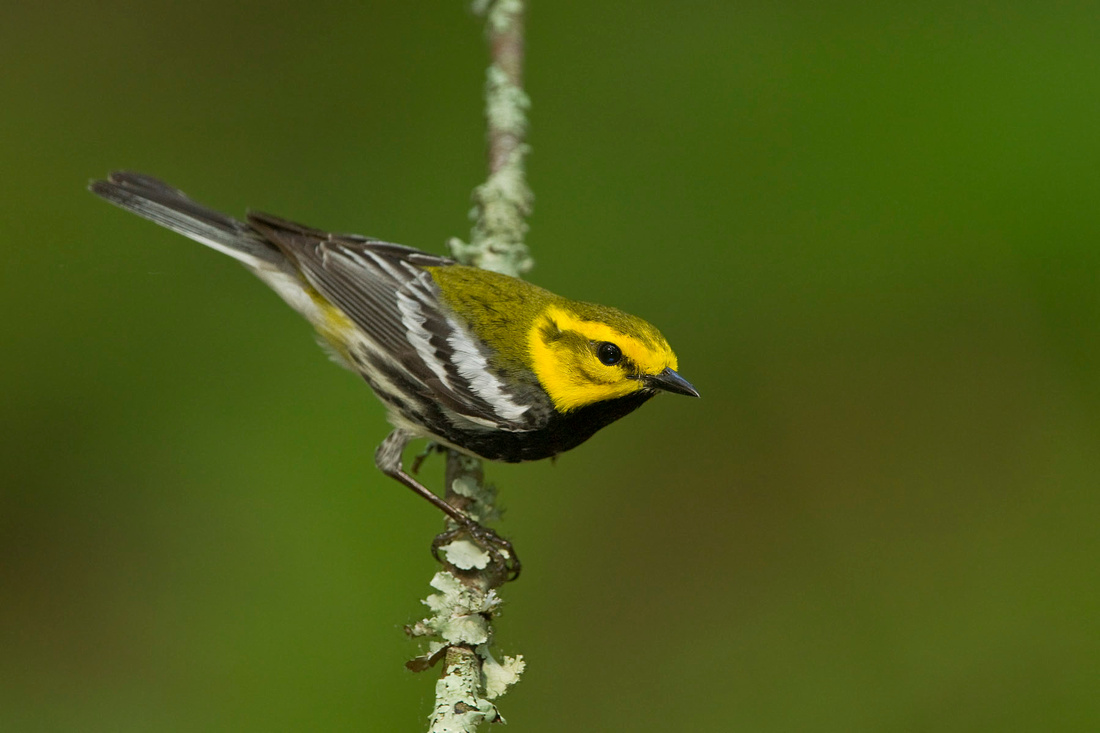

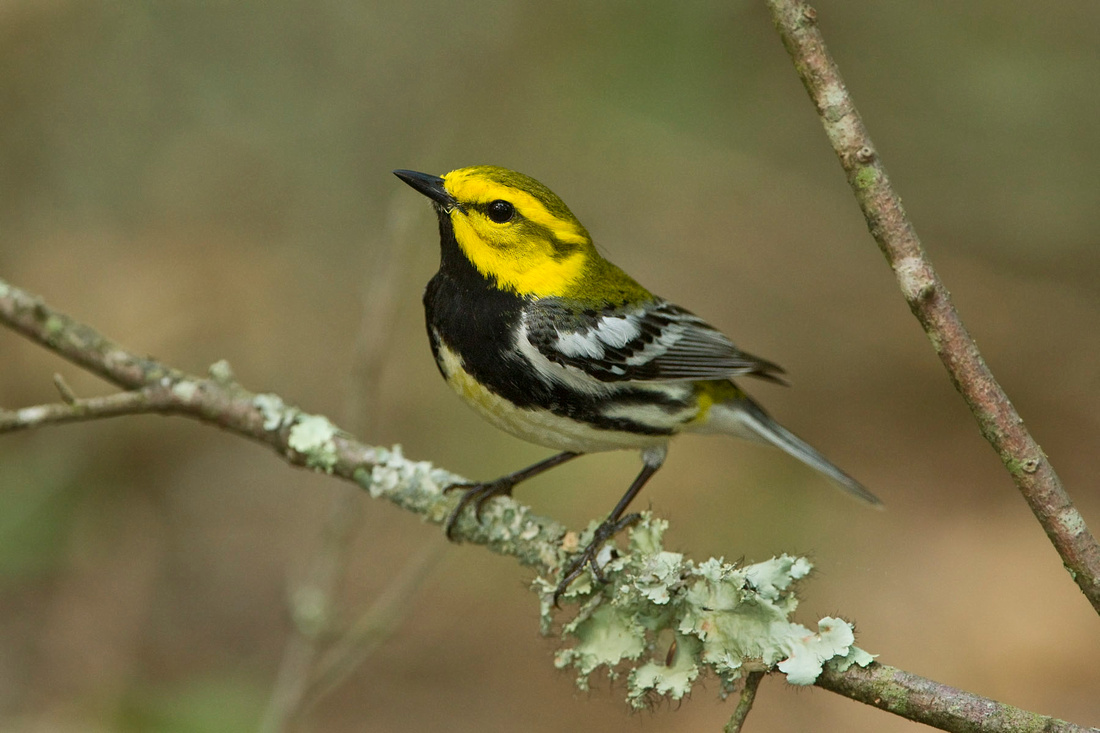

In deciduous woodlands, a brilliant Scarlet Tanager,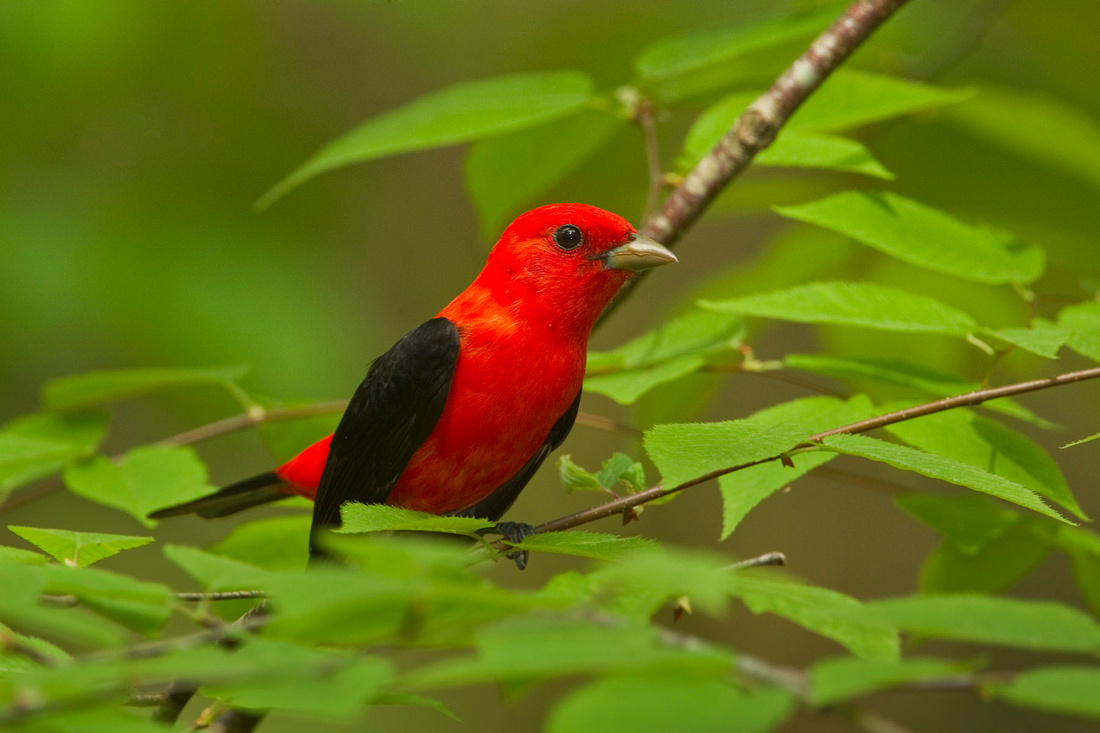
 and very vocal Red-eyed Vireos (2 below),
and very vocal Red-eyed Vireos (2 below),
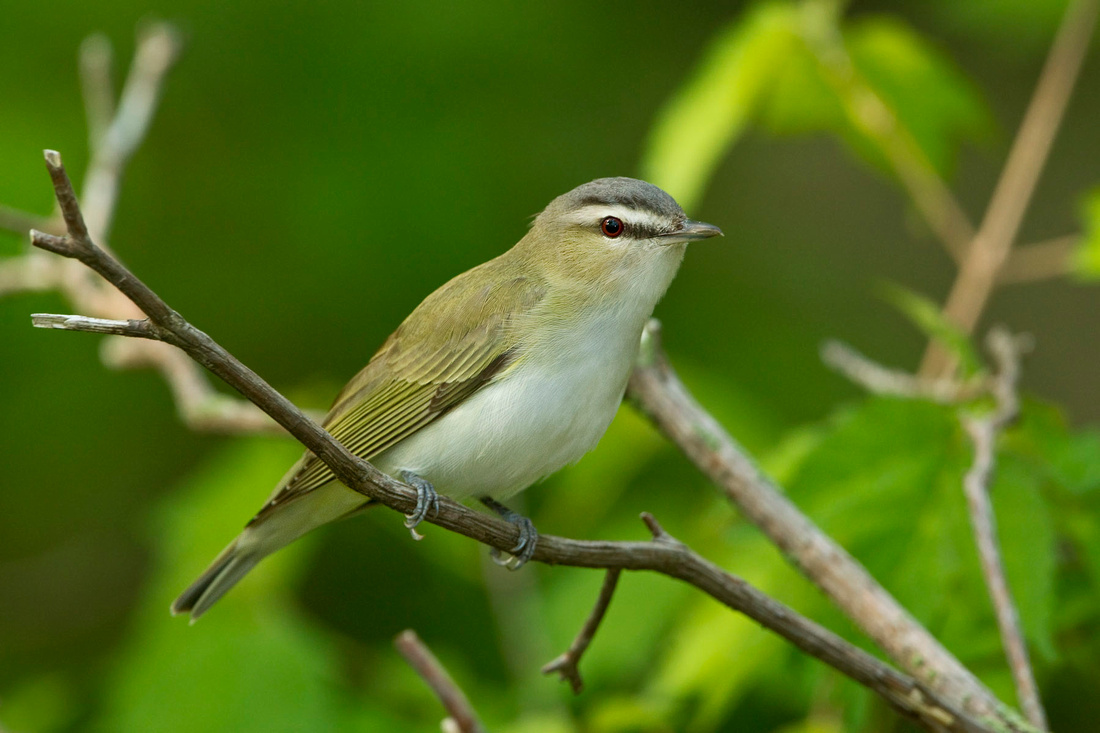

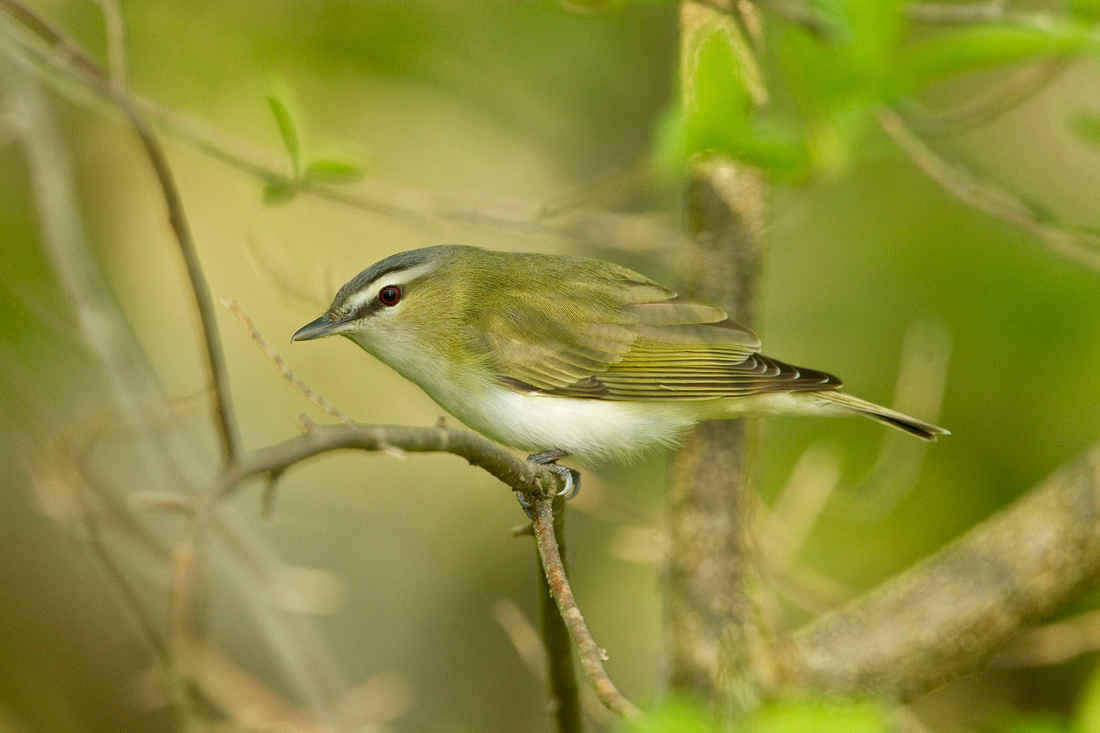

and Yellow-throated Vireos (2 below).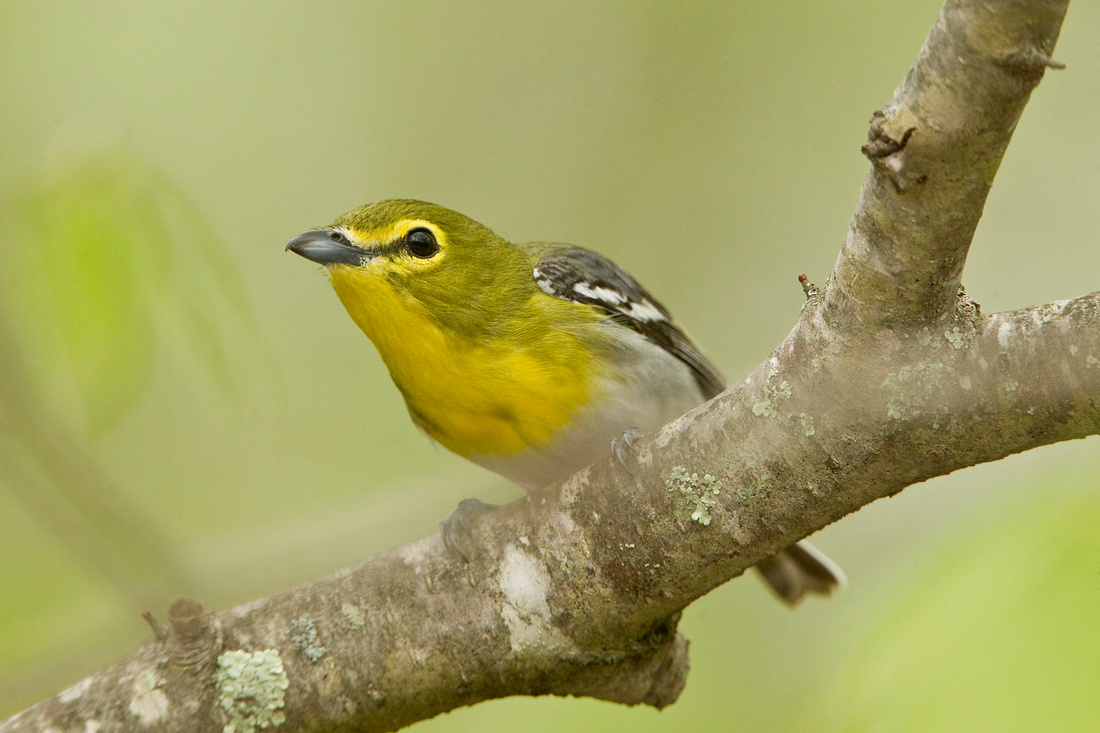



In brushy open areas, a White-eyed Vireo,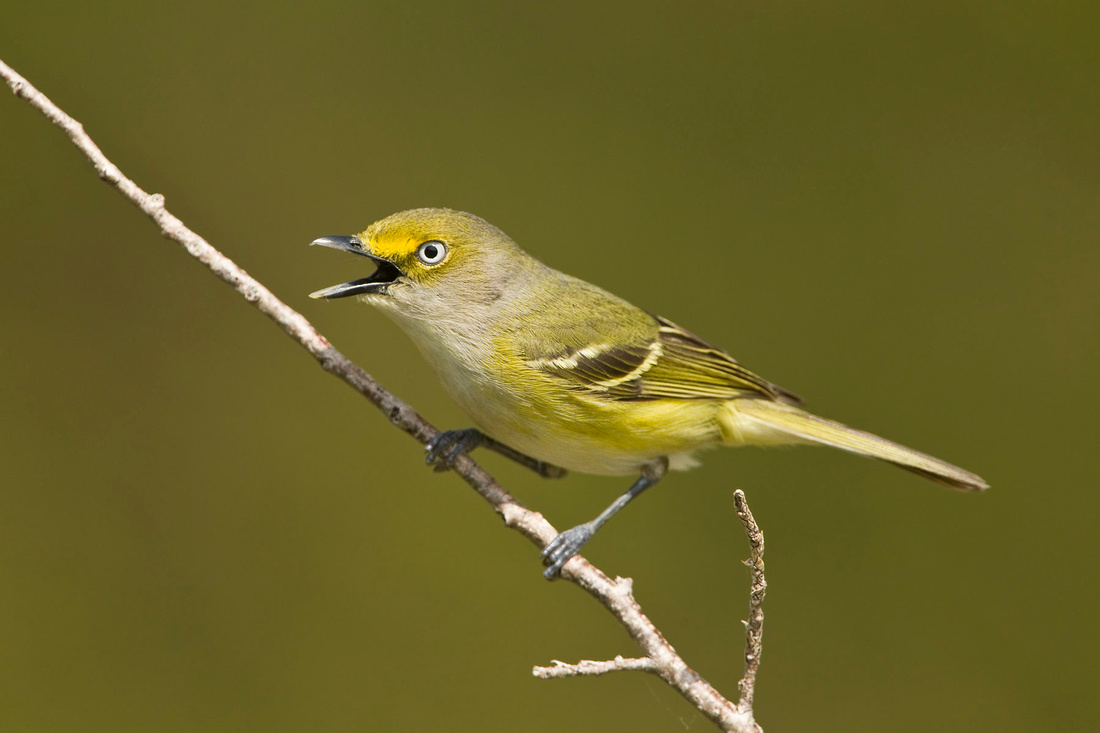

a Prairie Warbler
 Yellow Warbler,
Yellow Warbler,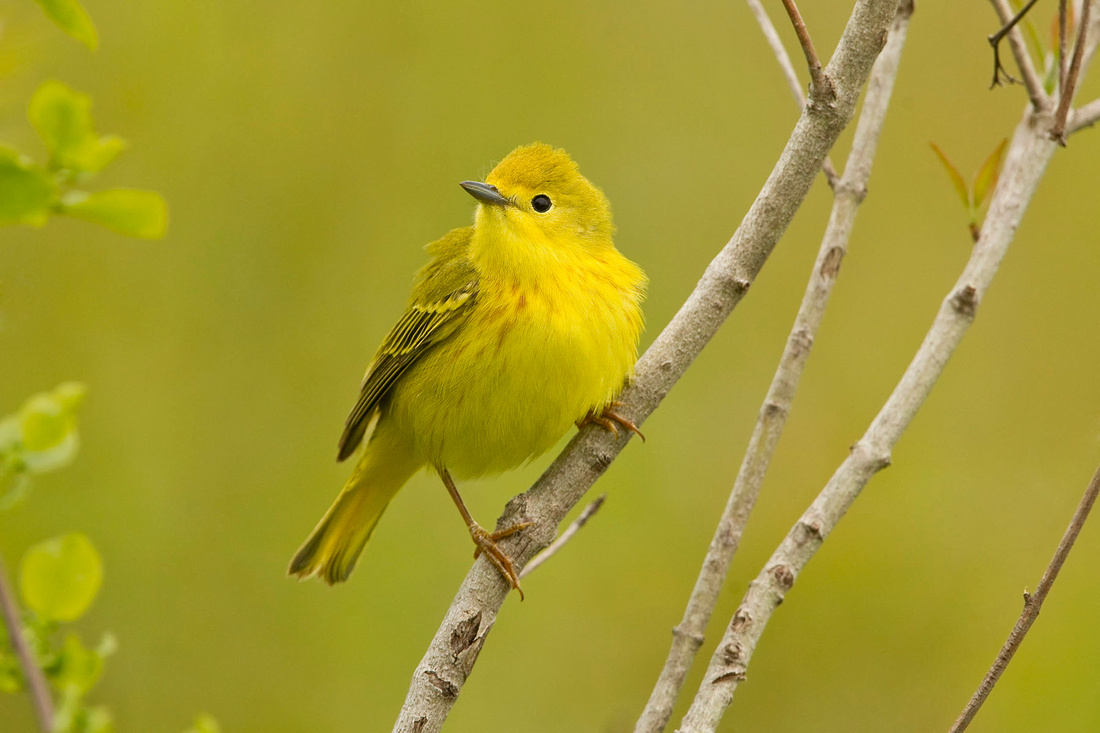

and a Common Yellowthroat.

Also in brushy openings along two different woodland edges I saw cuckoos, Black-billed Cuckoos at Walden Preserve,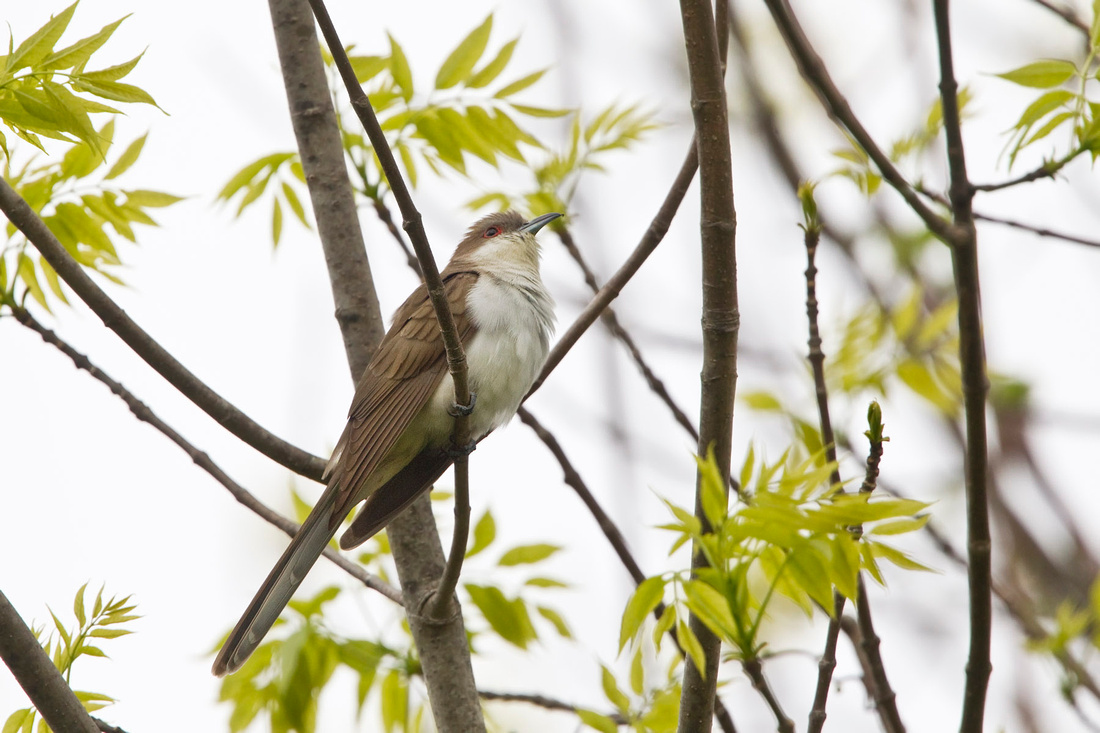

and a Yellow-billed Cuckoo, at Hartman Park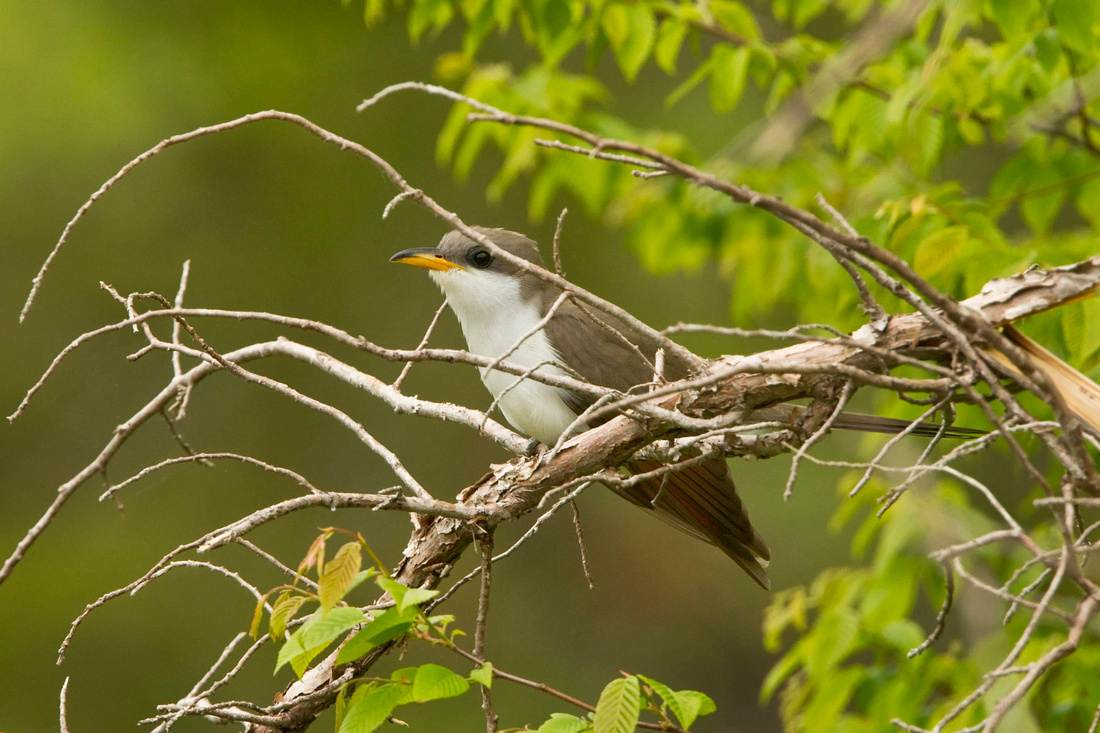

both species near webs of tent caterpillars, which are apparently a favorite food source for cuckoos.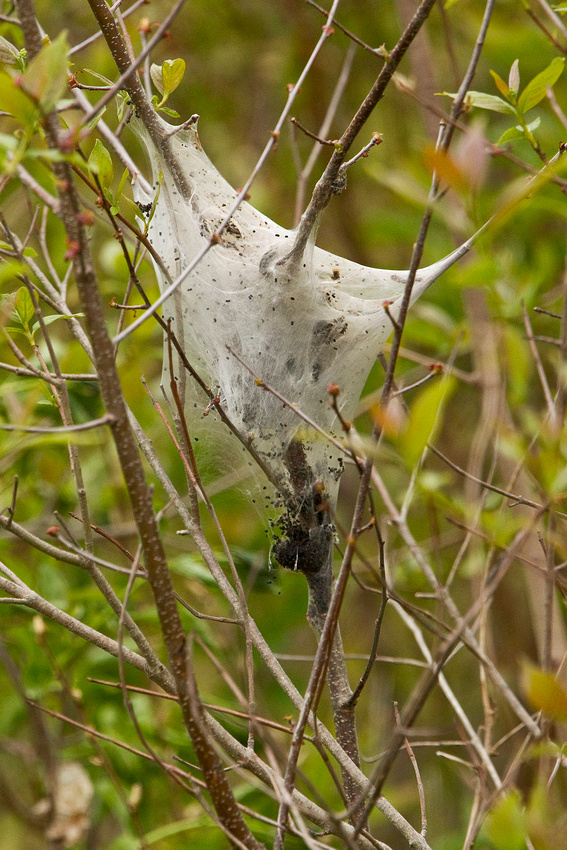

Also in similar habitat, I watched a female Baltimore Oriole gathering vine fibers for its nest,

and a Great-crested Flycatcher working along the woodland edge.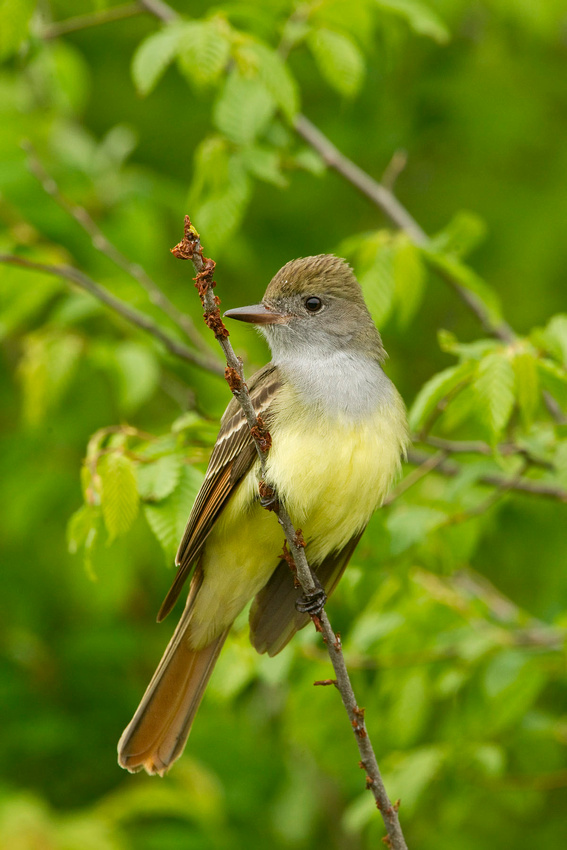

And along the edges of salt marshes, Willow Flycatchers returned, singing their distinct song and revealing their true identity (see my next post to find out why).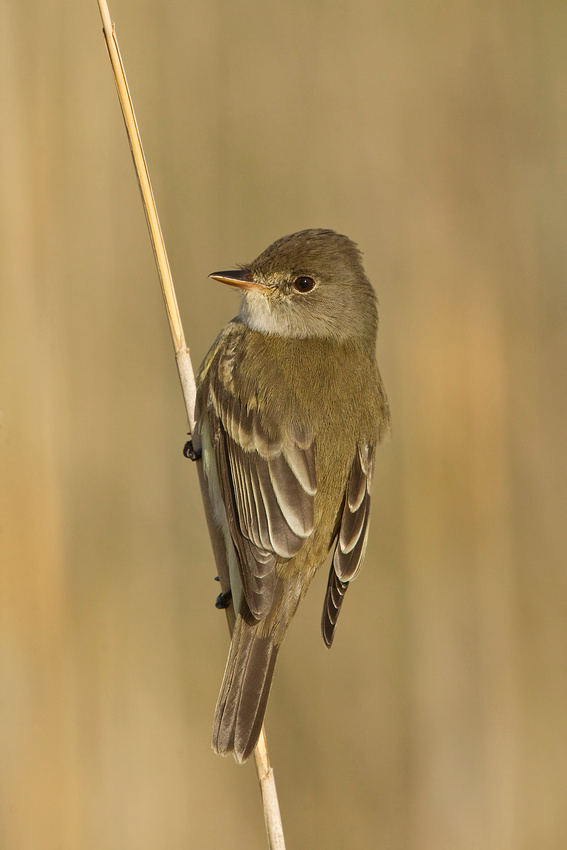

And finally, while watching my son's lacrosse game last Saturday, one of the parents looked up and spotted a sun halo, formed by ice crystals in the atmosphere creating a reflected ring of light at 22 degrees around the sun, (thank you Mr Science!) and everyone's eyes and phone cameras were trained skyward. In keeping with my bird theme, I captured a crow (no, I don't know which kind) flying through it. Just making hay while the sun shines.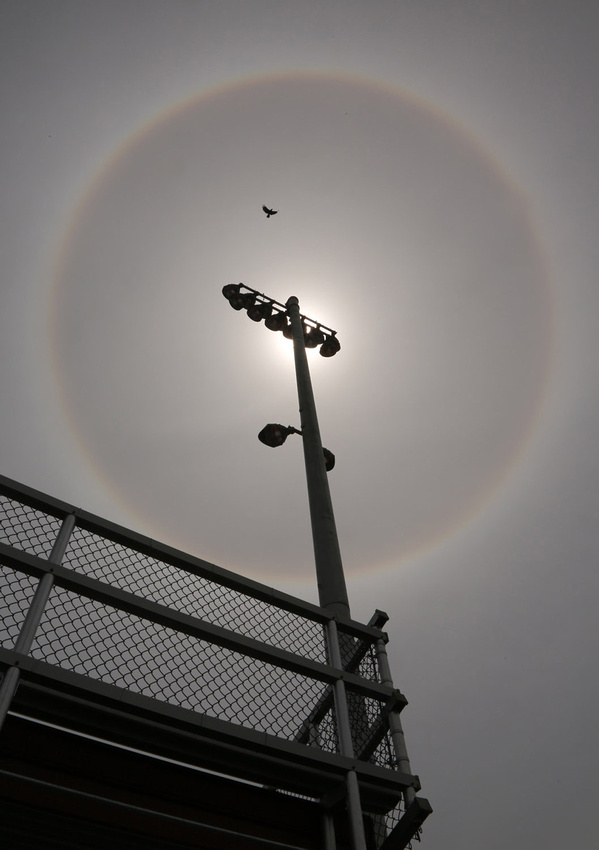

My sightings list is up to 210 species as of May 24, and I still have quite a few easy ones left.